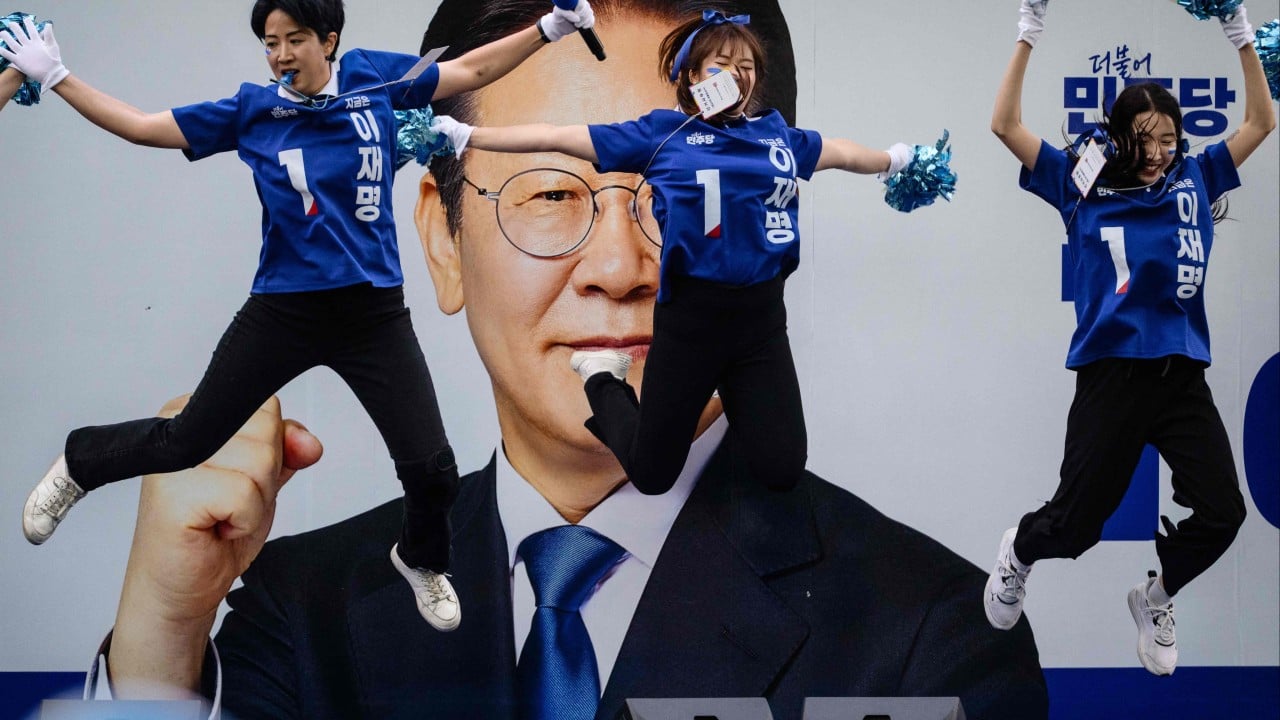Around six months after president Yoon Suk-yeol’s ousting, Liberal Party candidate Lee Jae-myung was elected as South Korea’s new president following a snap election on June 3. Lee’s victory marks a significant political shift, not just in domestic governance, but also in how South Korea may seek to navigate its ever-worsening relations with North Korea.
Advertisement
In his inaugural address at the National Assembly, Lee stated his intention to deter military provocations from the North and also “open a communication channel with North Korea and establish peace on the Korean peninsula”. However, initiating dialogue and establishing peace are easier said than done.
North Korea’s rejection of diplomatic overtures from Seoul, its declaration of South Korea as a “principal enemy”, confirmation of a constitutional amendment to declare South Korea a “hostile” state and deepening of military ties with Russia all indicate a complete breakdown in relations. As he assumes office amid grave uncertainties, Lee has to contend with a hardened Pyongyang, which is no longer interested in cooperation with Seoul.
Over the past few years, North Korea has upheld an increasingly assertive military posture, bolstered its nuclear capabilities and steadily developed weapons systems, such as intercontinental ballistic missiles, submarine-launched systems and short-range missiles to reinforce its narrative of deterrence through dominance.
North Korea’s strategic realignment has further exacerbated regional tensions. Pyongyang’s military and strategic ties with Russia have grown significantly since the outbreak of the Ukraine war, with reports of arms transfers, the deployment of North Korean troops to Russia and visits by high-ranking officials.
Advertisement
The Treaty on the Comprehensive Strategic Partnership, signed between the two states and containing a mutual defence clause, has further heightened South Korea’s anxieties. Pyongyang’s growing partnership with Moscow has brought North Korea closer to the core of a resurgent anti-Western axis, shrinking the already limited scope for engagement.

